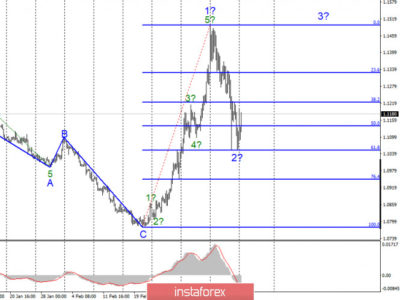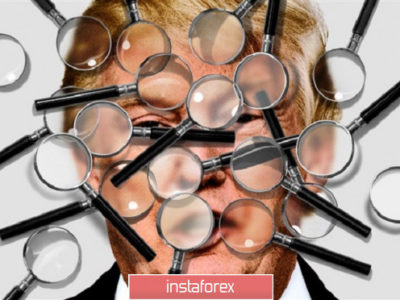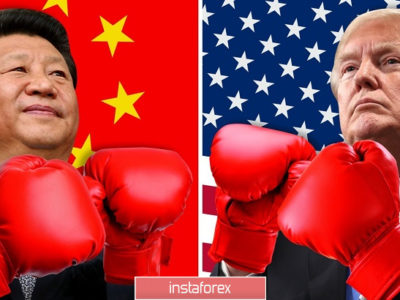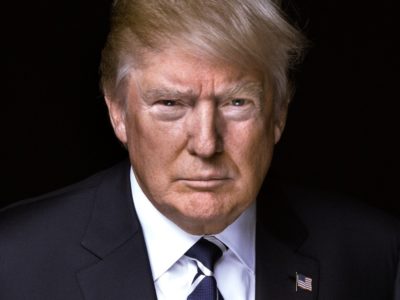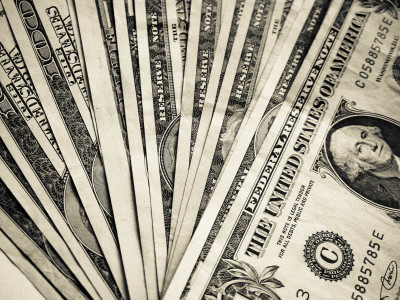And the New President Is…
The US elections is fast approaching so let’s take a look at how the financial markets typically react to this event. Of course there’s no denying that the uncertainty is weighing on risk sentiment at the moment, especially since nominees Hillary Clinton and Donald Trump are neck-and-neck in the polls, but it would also be helpful to look at the longer-term reaction to when the winners are announced.
Pre-Election Moves
Analysts have been noting how the S&P 500 typically drops by around 3% in the years in which the incumbent leader isn’t seeking reelection, which is the case for 2016. Potential changes in political party leadership aside, the index has shown that it hasn’t been the biggest fan of any kind of uncertainty since 1928.
Apart from the uncertainty involved, political analysts have also pointed out that presidents seeking reelection tend to focus their policies mostly on the economic agenda in order to be on much better footing with the public during the voting period. But when the incumbent president is stepping down, voters tend to focus on what was lacking in the previous administration while debating on which candidate can better address those issues.
Presidential Election Cycle Theory
Simply put, the Presidential Election Cycle Theory espouses that the stock market trend can be predicted based on four-year terms. This theory was developed by Yale Hirsch back in 2004.
According to Hirsch, the first year after a new president is elected is often accompanied by a weak performance in equities, presumably to account for the adjustment period. In the second year, equities can see a gradual increase but the third and fourth years typically chalk up the strongest returns. A number of reasons can explain the rally for the latter half of the presidency, such as policy changes taking a while to kick in or to lower levels of uncertainty in the market.
It’s worth noting, however, that the dynamics tend to change for a two-term presidency. Since 1990, the S&P 500 has gained an average of 11.5% in the fourth year of an administration but has fallen an average of 1.2% in the eighth year of a two-term president.
In a more recent example, the Dow Jones Industrial Average posted an impressive 27% return in the first year of Obama’s second term then chalked up only a 7.2% gain in the following year. Last year, the index was down 2% when this fourth year was expected to be the strongest of the cycle, presumably as the uncertainty for this year’s elections started to overshadow the usual trends.
Democrat vs. Republican
Some political analysts have also gone as far as comparing the impact of the winner’s political parties on stock price action. While some may think that business-friendly Republicans are likely to spur stronger rallies in stock markets, historical performance of these indices suggests no such correlation exists. In fact, since 1900, the Dow was up an average of 9% annually when Democrats assume power and is up only an average of 6% in the year when a Republican is at the helm.
Another factor related to political party dynamics is whether or not the government is a divided one. According to Russ Koesterich, chief investment strategist at BlackRock, the idea that the market tends to do better when the government is divided is merely an urban legend. This thinking is based on the belief that divided power can serve as a check and balance for both parties, allowing them to make better decisions and leave financial markets to flourish.
However, historical performance once again suggests that this might not be the case. Research by InvesTech based on stock returns since 1928 revealed that the S&P 500 gained 16.9% on average in the two years following the elections when one party controls the White House and both houses of Congress. The index has chalked up an average of 15.6% in gains when one party controls the White House while the opposing party controls both houses of Congress. Lastly, the index printed an average of 5.5% in gains when the House and Senate are divided.
A research report by MFS Investment Management based on data from Ned Davis Research from 1900-2008 suggested that the DJIA performed better whenever an incumbent party won the election. In particular, the report showed that the index gained an average of 15.1% when the incumbent party wins and lost 4.4% on average when the incumbent party loses. Also, the index was up 3.9% on average if a Democrat wins and up 10.3% if a Republican wins.
In terms of political control, the average return for the S&P 500 index was at 21.3% with a Democrat President and Republican Congress. The average return stood at 4.5% with a Republican President and a Democrat Congress. The average return was at 12.1% when the White House and Congress were controlled by the same party and just 7.1% when either party was in the White House and the Congress was split.
The same study indicated mostly gains in the S&P 500 index since 1976 for presidential election years, except in 2000 and 2008. However, there appeared to be no clear trend in terms of the magnitude of these gains.
The Story So Far
Based on the turnout of the first set of presidential debates, stock markets seem to be cheering a more impressive performance from Democratic nominee Hillary Clinton. Polls have shown a slight bump up in her lead against Republican contender Donald Trump, which could support the idea of having an incumbent political party carry on with the leadership.
Still, a lot could happen until the actual elections on November 8, with a couple more debates lined up, promising to be fiercer than ever. For now, investors may look to play things carefully and protect themselves against a likely run up in volatility leading to November. Other factors to consider are how these polls could impact the outlook for the US economy in light of the looming Fed interest rate hike before the end of the year.
Risk warning: Forward Rate Agreements, Options and CFDs (OTC Trading) are leveraged products that carry a substantial risk of loss up to your invested capital and may not be suitable for everyone. Please ensure that you understand fully the risks involved and do not invest money you cannot afford to lose. Our group of companies through its subsidiaries is licensed by the Cyprus Securities & Exchange Commission (Easy Forex Trading Ltd- CySEC, License Number 079/07), which has been passported in the European Union through the MiFID Directive and in Australia by ASIC (Easy Markets Pty Ltd -AFS license No. 246566).
https://www.mfs.com/wps/FileServerServlet?articleId=templatedata/internet/file/data/sales_tools/mfse_elect_sfl&servletCommand=default
http://www.kiplinger.com/article/investing/T043-C008-S003-how-presidential-elections-affect-the-stock-market.html

